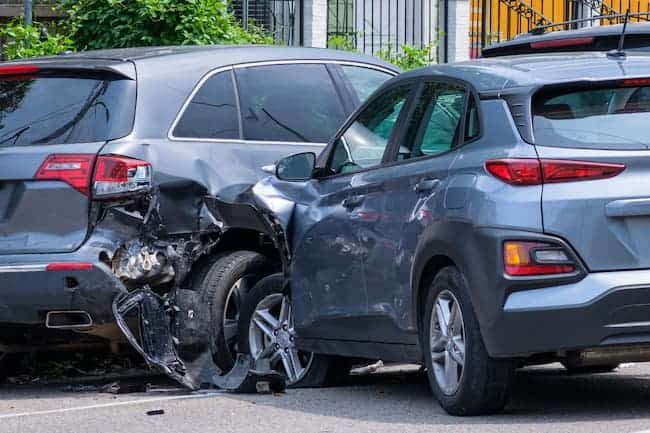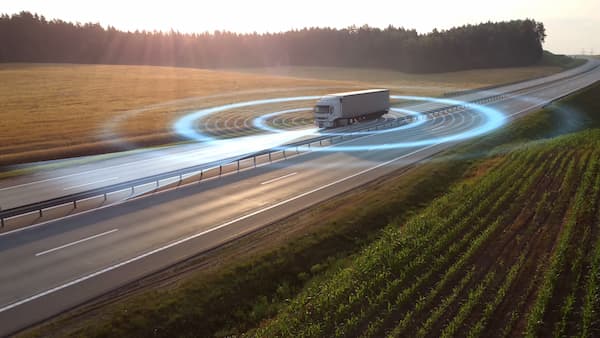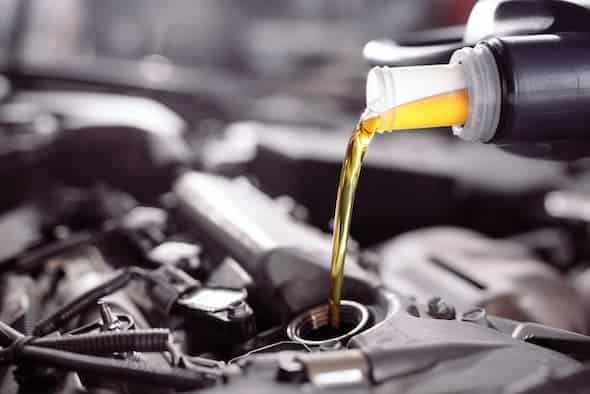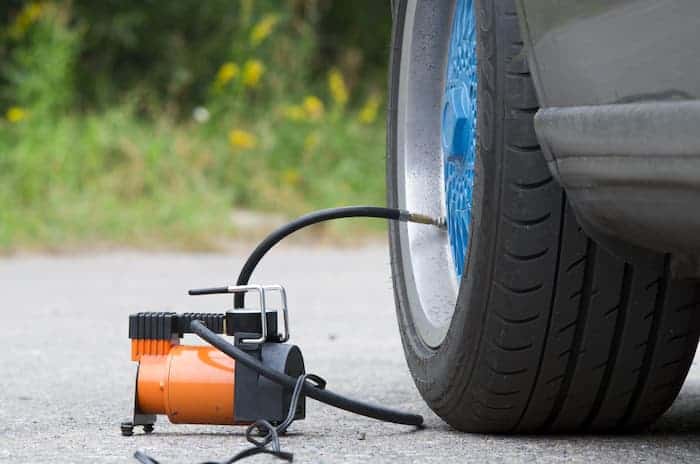Table of Contents
Toggle- How can you determine how fast a car was going?
- Factors Influencing the Relationship Between Speed and Damage
- car Accident Reconstruction
- Damage Analysis
- Common Misconceptions
- Legal Implications
- The Role of Technology
- Conclusion
- Does the speedometer get stuck in a crash?
- How fast do you have to be going to be ejected from a car?
- Does speed matter in a car crash?
- What detects a car crash?
- How do you measure a crash?
- How do cars detect impact?
- Do all cars go through crash tests?
- What is the safest type of vehicle?
- What car performs the best in a crash test?
How can you determine how fast a car was going?

You can determine the speed of a car through accident reconstruction techniques, which involve analyzing physical evidence such as skid marks, vehicle damage, and data from crash data recorders (EDRs). However, it’s important to note that these methods have limitations and may not always provide an exact speed.
Car Accidents can be a harrowing experience, and understanding the details of a crash is often crucial for insurance claims, legal proceedings, and even personal closure. One question that frequently arises is whether it’s possible to determine the speed of a car involved in a car accident based on the damage sustained. In this article, we will explore the factors that influence the relationship between speed and damage, the science behind accident reconstruction, and the role of technology in understanding crash dynamics.
Factors Influencing the Relationship Between Speed and Damage

Crash Energy
The energy released during a collision is a major factor in determining the extent of damage. When a vehicle crashes, kinetic energy is transferred to the car, resulting in deformation and damage. The higher the speed, the greater the amount of kinetic energy released.
Vehicle Design
Different vehicles have different designs and materials, affecting the way they absorb and distribute energy during a crash. Some cars may be more resistant to damage, while others may crumple more easily.
Road Conditions
The surface on which a crash occurs can also influence the severity of damage. A wet or icy road, for example, might cause a vehicle to slide, reducing the impact energy and resulting in less damage.
Environmental Factors
Objects in the environment, such as trees, guardrails, or other vehicles, can absorb some of the energy during a collision, affecting the overall damage to the involved vehicles.
car Accident Reconstruction
Techniques and Methods
Accident reconstruction specialists use various techniques to determine the speed of a vehicle involved in a crash. These methods include analyzing skid marks, vehicle damage, and using mathematical models to estimate the forces involved in the collision.
Applications and Limitations
While car accident reconstruction can provide valuable insights, it is not an exact science. Factors such as road conditions, vehicle design, and environmental factors can make it difficult to establish a precise speed based solely on damage.
Damage Analysis
Types of Damage
Collision damage can be classified into several categories, including contact and induced damage. Contact damage occurs at the point of impact, while induced damage is the result of energy transfer and can be found away from the impact site.
Collision Deformation Classification
Experts often use the Collision Deformation Classification (CDC) system to categorize and analyze vehicle damage. This system divides a vehicle into 12 zones and assigns a code based on the type of deformation, which can help in understanding the dynamics of the crash.
Damage Severity
The severity of damage can provide some indication of the speed involved in a car crash. However, it’s important to remember that other factors, such as vehicle design and car crash location, can also influence the extent of damage. Therefore, relying solely on damage severity to determine the speed of a vehicle can be misleading.
Common Misconceptions
It is a common misconception that the extent of vehicle damage can always accurately determine the speed of a car involved in an accident. While there is a correlation between speed and damage, various factors can influence the outcome, making it challenging to establish an exact speed based on damage alone.
Legal Implications
In legal proceedings,car accident reconstruction experts are often called upon to provide their opinions on the speed of vehicles involved in accidents. Their conclusions, based on a thorough analysis of the available evidence, can play a critical role in determining the outcome of the case. However, it’s essential to recognize that the accuracy of these estimations can be affected by the limitations and complexities of the reconstruction process.
The Role of Technology
Crash Data Recorders
Many modern vehicles are equipped with crash data recorders, also known as event data recorders (EDRs) or “black boxes.” These devices can provide valuable information about a vehicle’s speed, acceleration, and braking patterns before and during a crash. Accessing and analyzing this data can help determine a more accurate estimate of the vehicle’s speed at the time of the collision.
Advanced Accident Reconstruction Software
Specialized software programs have been developed to assist car accident reconstruction experts in analyzing crash data and simulating collisions. By inputting various parameters, such as vehicle specifications, road conditions, and damage patterns, these programs can generate detailed and accurate reconstructions of car accidents, providing valuable insights into the events leading up to a collision.
Prevention and Safety Tips
While understanding the dynamics of a crash can be valuable in resolving disputes and legal matters, the primary focus should always be on prevention and safety. Here are a few tips to help reduce the risk of car accidents:
- Follow the speed limits and adjust your speed based on road and weather conditions.
- Always maintain a safe following distance to give yourself time to react to unexpected situations.
- Stay focused on the road and avoid distractions, such as using a cellphone while driving.
- Keep your vehicle well-maintained, including checking tire pressure and brakes regularly.
- Practice defensive driving techniques to anticipate and avoid potential hazards on the road.

Conclusion
Determining the speed of a car involved in an accident based on the damage sustained is a complex process that involves various factors and techniques. While there is a correlation between speed and damage, the relationship is influenced by vehicle design, road conditions, and environmental factors. Accident reconstruction experts use a combination of physical evidence analysis, mathematical models, and advanced technology to estimate a vehicle’s speed at the time of the collision. Meanwhile, crash detection and safety measures continue to evolve, with devices like crash data recorders and impact sensors playing a critical role in understanding and responding to collisions. Ultimately, promoting safe driving practices and staying informed about vehicle safety features and crash test ratings are essential steps to reduce the risk of accidents and their potentially devastating consequences.
Does the speedometer get stuck in a crash?
In some cases, a speedometer can get stuck or “freeze” during a crash, displaying the speed at the time of the collision. However, this is not a reliable method for determining the vehicle’s speed, as speedometers can malfunction or be affected by the impact.
How fast do you have to be going to be ejected from a car?
There is no specific speed threshold for being ejected from a car. The risk of ejection depends on factors such as the force of the impact, the direction of the collision, and whether or not the occupants were wearing seat belts. Ejections are more likely in high-speed collisions or rollovers, but can also occur in lower-speed crashes if safety measures are not followed.
Does speed matter in a car crash?
Yes, speed is a critical factor in car crashes. Higher speeds result in a greater amount of kinetic energy being released during the collision, which can lead to more severe damage and a higher risk of injury or death.
What detects a car crash?
Crash data recorders (EDRs), also known as “black boxes,” are devices installed in many modern vehicles that can detect a car crash. These recorders monitor various parameters, such as speed, acceleration, and braking patterns, and can provide valuable information about the circumstances of the collision.
How do you measure a crash?
Crashes can be measured in several ways, including the severity of damage, the forces involved, and the injuries sustained by the occupants. Accident reconstruction experts use various techniques and tools to analyze and interpret the data from a crash, including physical evidence, mathematical models, and software simulations.
How do cars detect impact?
Cars detect impact through sensors placed throughout the vehicle, which can measure changes in acceleration, force, and pressure. These sensors send signals to the vehicle’s control systems, which can activate safety features such as airbags or automatically contact emergency services.
Do all cars go through crash tests?
Most new cars undergo crash testing to evaluate their safety performance. Regulatory agencies and independent organizations, such as the National Highway Traffic Safety Administration (NHTSA) and the Insurance Institute for Highway Safety (IIHS), perform crash tests to assess vehicle safety and assign ratings based on their performance.
What is the safest type of vehicle?
The safest type of vehicle varies depending on the specific model and its safety features. In general, larger and heavier vehicles, such as SUVs and minivans, tend to provide better protection in crashes due to their size and weight. However, advancements in vehicle design and technology have made many smaller vehicles safer as well.
What car performs the best in a crash test?
The best-performing car in a crash test can change from year to year as manufacturers introduce new models and improve safety features. To find the most current top-performing vehicles, refer to the latest crash test ratings from organizations such as the NHTSA and IIHS.




